Overcomes Life’s Hardships Part one of two One day I was driving north to Rosarito near Fox studio. On the …


Overcomes Life’s Hardships Part one of two One day I was driving north to Rosarito near Fox studio. On the …
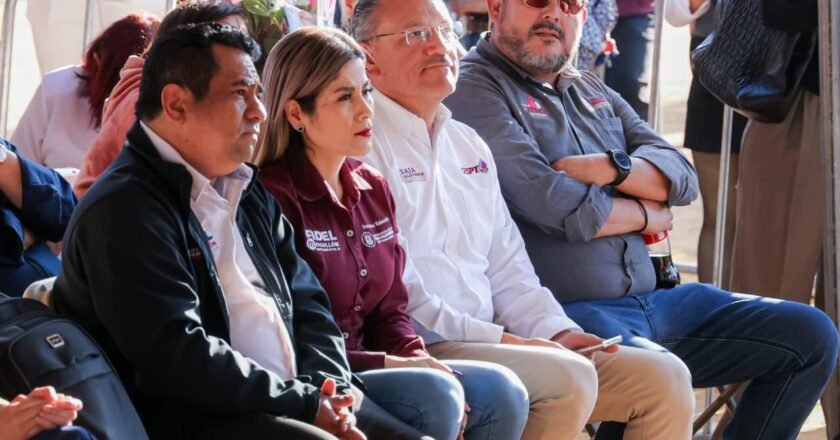
Primo Tapia Finally Gets a Flush It’s actually happening. Primo Tapia, that beachy, taco-scented stretch just south of Rosarito, is …
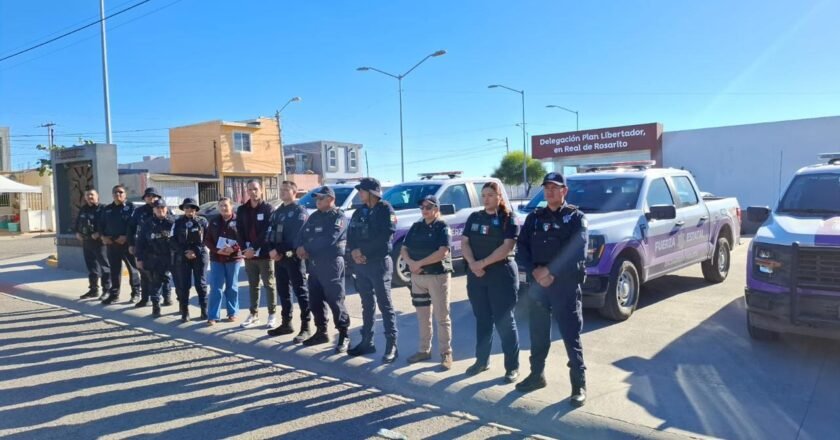
PLAYAS DE ROSARITO — This time, the police didn’t show up with flashing lights or handcuffs. Instead, they brought flyers, …

Mexico’s political world has seen its share of storms, but few hit as suddenly as the one surrounding Hilda Araceli …
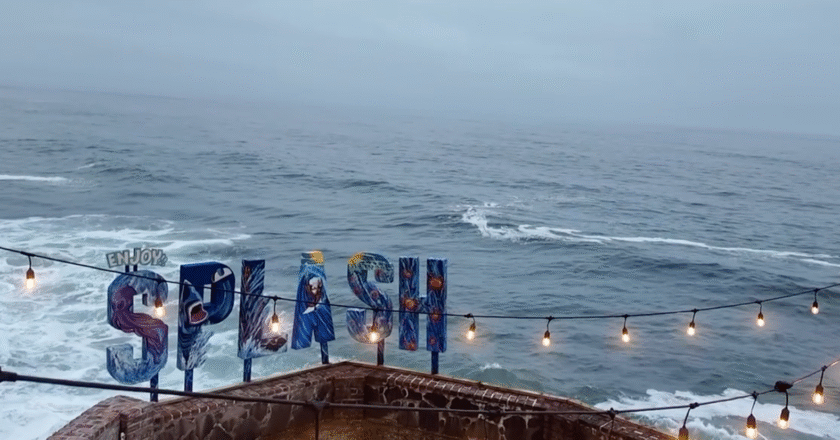
From bartender to builder Baja has many oceanfront eateries, but Splash Baja hits different. The waves smack the rocks, plates …
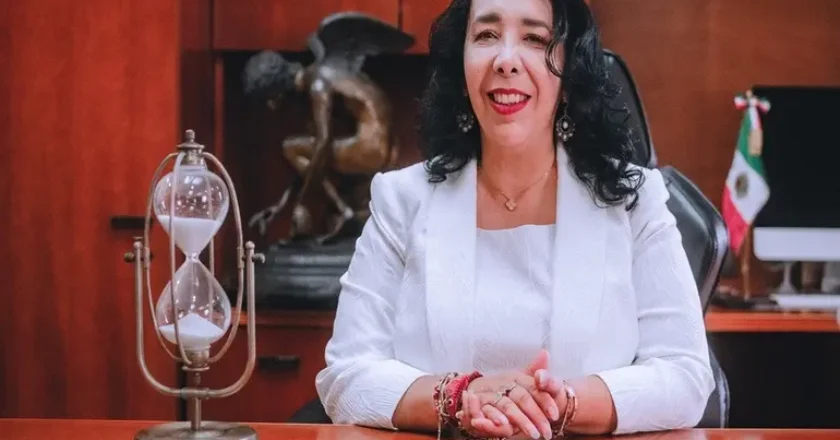
Washington woke up with a list and Rosarito’s former mayor was on it. The U.S. Treasury’s Office of Foreign Assets …
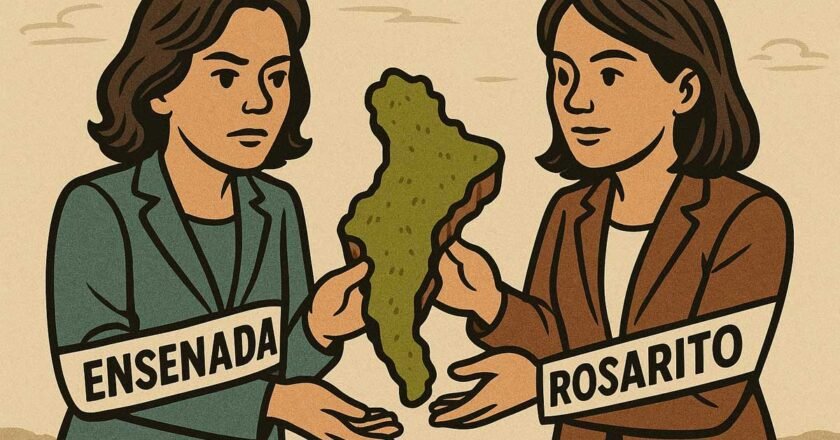
The Baja California Congress has had enough of the territorial tug-of-war between Ensenada and Playas de Rosarito. Lawmakers have once …

By Martina Dobesh Since the family found water on their property, they went to work creating their first garden. Itwas …
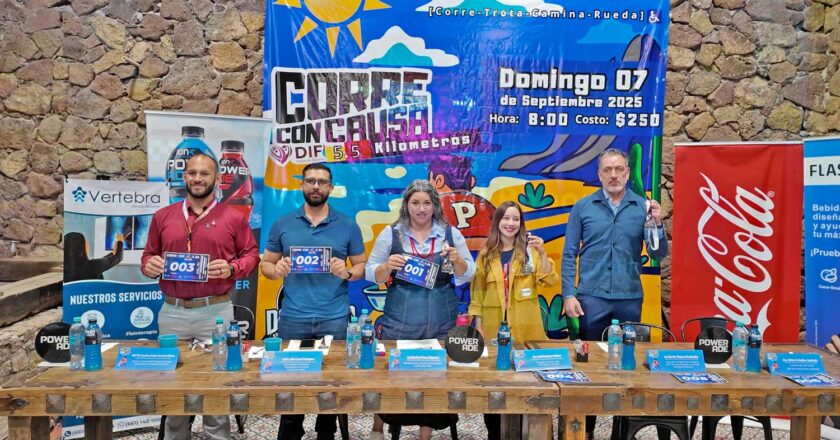
Rosarito is lacing up its running shoes — or maybe just its walking shoes — for the first ever Corre …
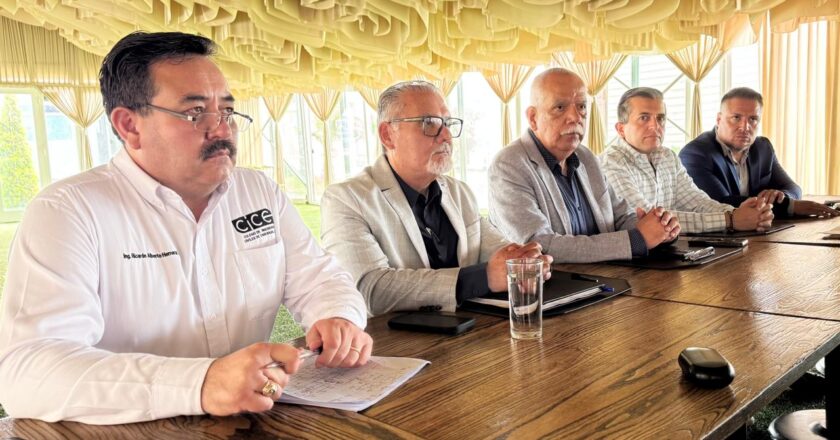
Rosarito’s dry promise might finally pour On Friday, August 22, Baja California’s Secretary of Water, Víctor Daniel Amador Barragán, met …